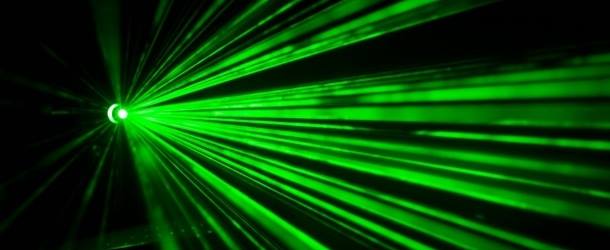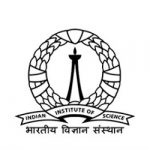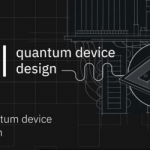How Close Is Ordinary Light To Doing Quantum Computing?

(SpectrumIEEE) Physicists may be able to perform some of the same calculations as a hard-to-handle quantum computer operating at ultracold temperatures using just a simple laser of the sort found in undergraduate optics labs.
Researchers Yijie Shen from Tsinghua University, Beijing, China, and the University of Southampton, UK, and Andrew Forbes from the University of Witswaterand, Johannesburg, South Africa showed they could create a light beam with multiple entanglements. “Although it’s always spoken about in the quantum world, the idea of entanglement is actually not unique to quantum mechanics,” says Forbes, a professor of physics at Witswaterand and leader of the research.
The trick is to use classically entangled light, a phenomenon that has some of the same properties as the traditional entanglement spun out of quantum mechanics. Researchers Yijie Shen from Tsinghua University, Beijing, China, and the University of Southampton, UK, and Andrew Forbes from the University of Witswaterand, Johannesburg, South Africa showed they could create a light beam with multiple entanglements. And it’s all done with mirrors.
In the quantum realm, entanglement means that two particles—electrons or photons, for instance—have some property that is fundamentally related between the pair. If one particle in an entangled pair is spin up, the other one will be spin down. Measuring one will provide information about the other, even if the particles are on opposite ends of the universe. Those properties are, in the language of physics, non-separable; you can’t have one without the other.
In classically entangled light, rather than those non-separable properties being split between two particles, they exist within a single beam of light. “Instead of measuring one property of two photons, you measure two properties of one beam and it comes out to be the same thing,” Forbes says.
In this case, the properties are pathways that groups of photons follow within the laser beam. “It’s one coherent beam, but following many trajectories in in space,” Forbes says. Each of those trajectories is a degree of freedom, and scientists can encode information on those degrees of freedom by assigning each one a different value—instead of the 0s and 1s of digital computing, they might name the different paths 1 through 8 and use those in their calculations.
Classically entangled light, sometimes called “structured light,” is not a new concept. But until now no one had entangled more than two properties at once. Forbes says his group’s method can entangle a potentially infinite number of pathways.
Because quantum computing relies on particles existing in multiple states, some of the algorithms developed for it could be run using classically entangled light instead, Forbes says. That wouldn’t replace the quantum computers researchers are trying to build, but it would provide a bridge between them and the classical computers that now exist.























